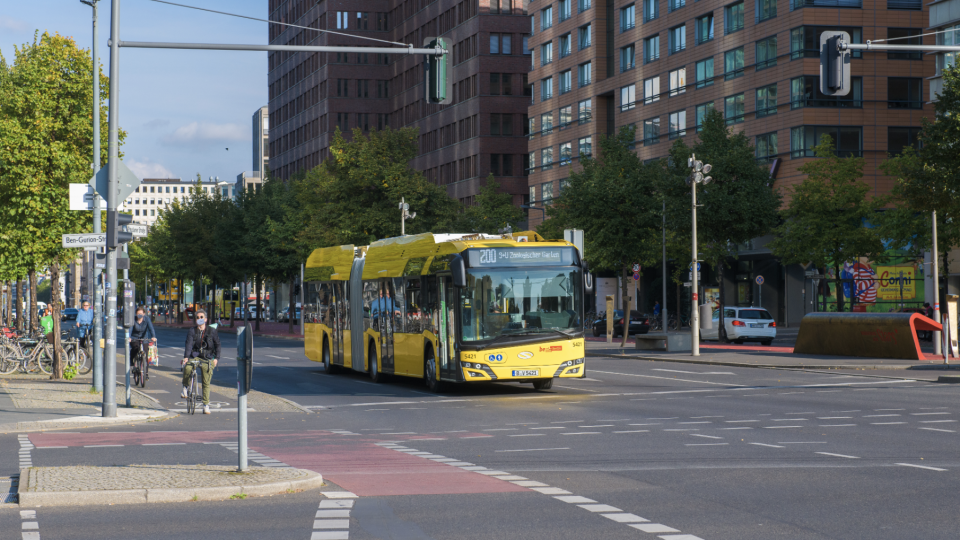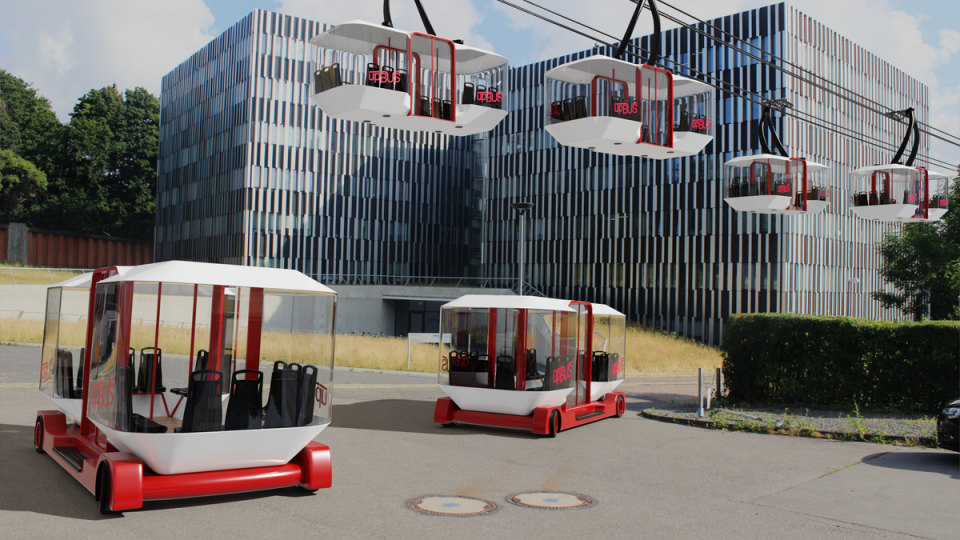Drivers’ shortage, recruiting gets fancy, youngsters give up driving cars [NEXT STOP #7]
Driver shortage is a global issue. In an Intelligence Briefing out in November 2022 IRU wrote that “In 2021, there were 12,000 unfilled bus and coach driver positions, among the countries studied. Demand for drivers increased continuously (+43%) between January and September 2022. The bus and coach driver shortage is expected to significantly worsen in […]

Driver shortage is a global issue. In an Intelligence Briefing out in November 2022 IRU wrote that “In 2021, there were 12,000 unfilled bus and coach driver positions, among the countries studied. Demand for drivers increased continuously (+43%) between January and September 2022. The bus and coach driver shortage is expected to significantly worsen in 2026, with a multiplier effect of up to nine in the case of Spain”. At that time (November 2022), according to IRU, shortage was forecasted to increase by 23% in 2022, reaching 8% of total bus and passenger driver jobs. IRU is pushing for lowering the minimum age for being a professional driver to 18.
This article was published in our newsletter Next Stop, where we try to help giving a better perspective on what is going on in the mobility world.
Can check the newsletters’ archive HERE.
And sign up HERE
Catching drivers’ recruiting
An indicator of the concern for this situation is the approach operators are using to attract new drivers. In New Zealand, Tranzurban rolled out a recruitment campaign which sees many of its own team stepping up to “Put the U in BUS”. The campaign features six of the company’s drivers and is set to run across social media platforms, involve radio advertising and posters while Tranzurban’s recruitment team will visit university campuses and community centres throughout the region explaining why bus driving is a good career option.
The main Italian private-owned transit operator Autoguidovie is pursuing job-seekers’ attention by advertising for “captains of road fleets” or “airline pilot on road”.
American Bus Association president Peter Pantuso told us in an interview we will soon be publishing in its entirety:
Companies from the tourism and travel industry now advertise the job opportunity without mentioning the driving component until they have the person’s attention. They understand that some people are intimidated by the idea of driving a bus, but they may love the idea of traveling and being part of the tourism industry. They get them interested in the opportunity and then show them how easy it is to drive a bus
Youngster are no more interested in driving (cars)
In the meanwhile, two of the main media worldwide have been reporting this week on young people giving up driver licenses. Quoting from The Economist, “One in five Americans aged between 20 and 24 does not have a license, up from just one in 12 in 1983”. Europe? “In Britain the proportion of teenagers able to drive has almost halved, from 41% to 21%, in the past 20 years”. Interestingly enough, “Across the countries of the European Union there are more cars than ever. Yet even before the covid-19 lockdowns emptied the roads, the average distance travelled by each one had fallen by more than a tenth since the turn of the millennium”.

Reasons? A mix of change of behaviours and costs-driven choices, with used and new car prices heavily soaring due to supply chain disruptions and high inflation.
“Whether this shift will last depends on whether Gen Z is acting out of inherent preferences, or simply postponing key life milestones that often spur car purchases. Getting married, having children, or moving out of urban centers are all changes that encourage (or, depending on your view of the U.S. public transit system, force) people to drive more”, The Washington Post highlights.
Young people not getting driver’s licenses are likely to rely on shared vehicles or public transport, but on the other hand the public transport industry is facing a shortage of drivers. And this is likely to become even more serious as young people are not interested in driving, thus reducing the labor pool for such jobs. Vicious circle?









